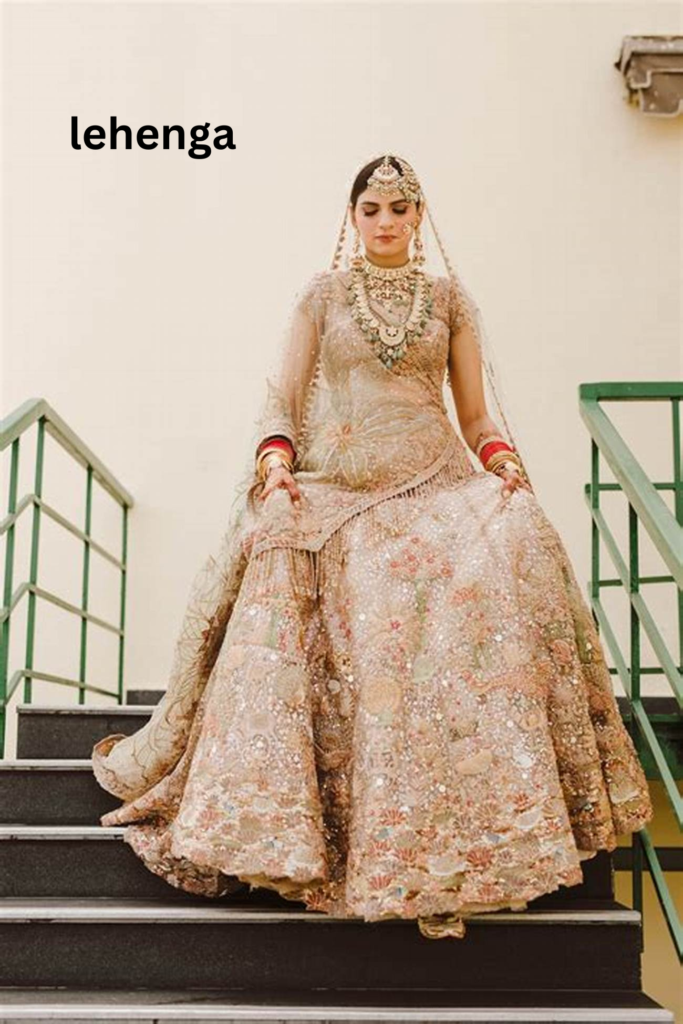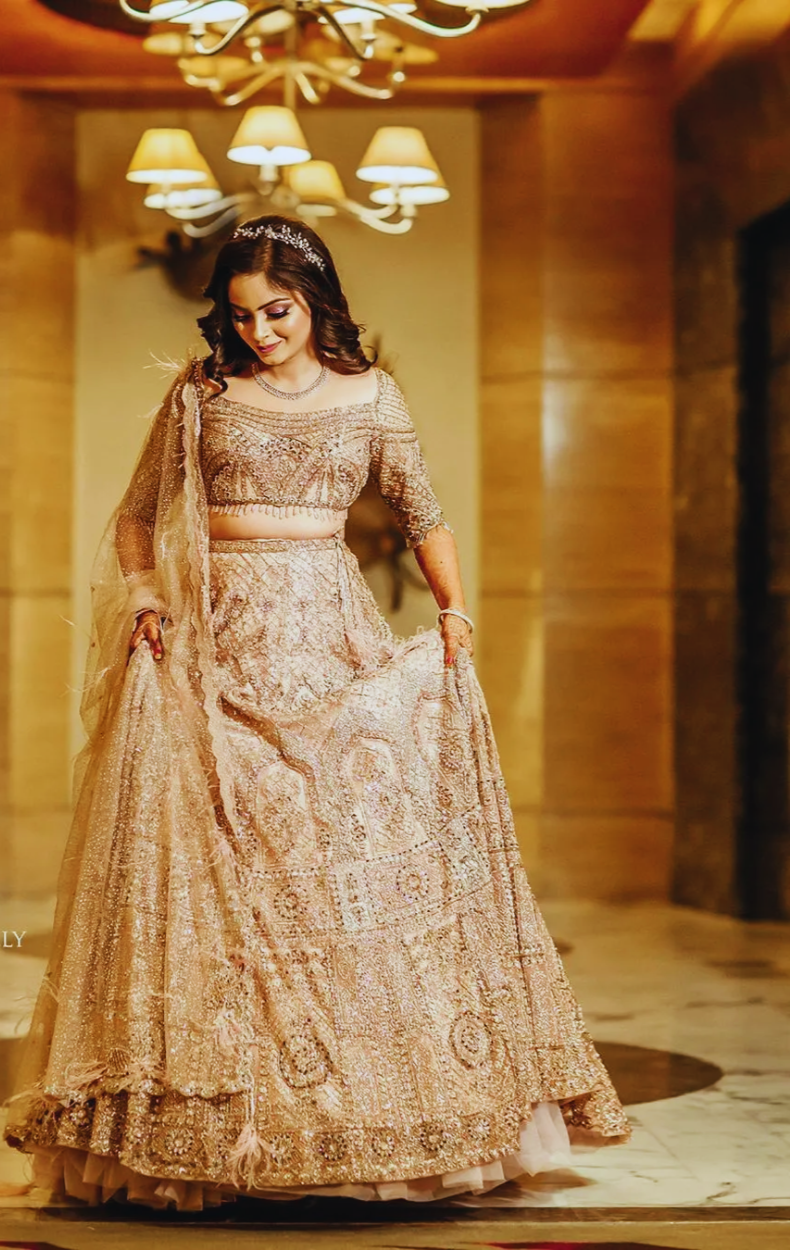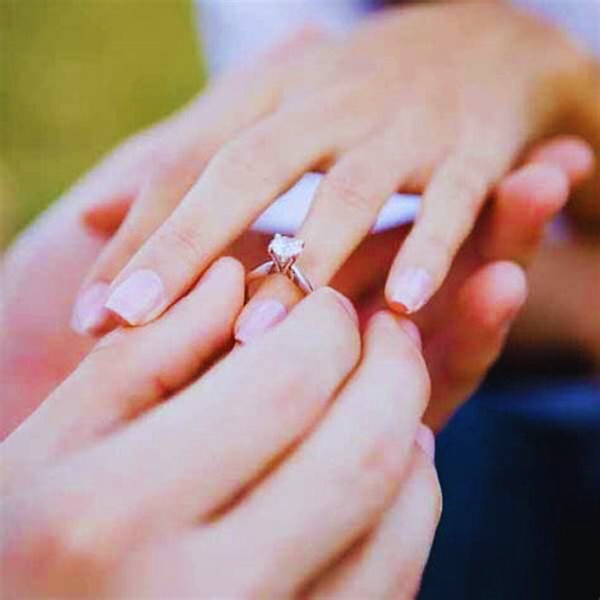The lehenga, a staple of traditional Indian clothing, is a representation of the country’s rich history and exquisite handiwork. The lehenga, with its graceful shape and colorful embellishments, has become a symbol of grace and festivity that transcends cultural and geographic barriers. This article highlights the lehenga’s timeless appeal and adaptability by examining its development over time and its relevance now.
Origins and Importance in History:
The origins of the lehenga can be found in ancient India, where it developed from regionally specific traditional clothing worn by women.
1. Antique Garb:
Historical Origins: The lehenga, often referred to as a “chaniya” or “ghagra,” originated in ancient India and was originally worn by women from the upper classes. These clothes were distinguished by their billowing, skirt-like form, which was frequently accessorized with a long scarf, a fitting shirt, and a dupatta.
Cultural Evolution: Local customs and fashion trends have shaped the lehenga’s evolution throughout ages in various parts of India. While it was frequently worn with lighter fabrics and simpler motifs in southern India, it became well-known in northern India for its intricate embroidery and embellishments.
2. Eminence and Custom:
Mughal Influence: The lehenga became well-known as a royal dress during the Mughal era. Lehengas embellished with elaborate needlework, precious stones, and opulent materials like silk and brocade were worn by Mughal queens and princesses. The lehenga gained a new degree of grandeur and refinement under the Mughal influence.
Regional Variations: Different areas gave rise to distinctive lehengas in their own ways. For example, Rajasthani lehengas have elaborate, traditional embroidery, and Gujarati lehengas are renowned for their vivid hues and mirror work.
elements of a lehenga:

The three primary elements of a traditional lehenga attire are the dupatta (scarf), choli (blouse), and lehenga skirt. Every element is essential to creating the outfit’s overall style and mood.
1. The Lehenga Skirt
Design and Fit: Traditionally, the lehenga skirt is a long, flowing dress that falls to the floor. It can have mermaid, A-line, or flared cuts, among other styles. Often, the skirt is adorned with beautiful beading, sequins, or embroidery.
Fabrics: Silk, brocade, and satin are the traditional fabrics used for lehenga skirts; more modern styles employ chiffon, georgette, and velvet. Every fabric has a unique drape and texture that affects how the lehenga looks as a whole.
2. Blouse (Choli):
Fashions and Accessory: The lahenga is paired with a fitting blouse called a choli. It can have different cuts, sleeve lengths, and necklines. Contemporary cholis frequently have beaded, mirror work, or embroidery as decorations to match the lehenga’s style.
Personalization: The choli can be tailored to fit different body shapes and tastes. Designers provide a range of styles, from longer, more modern blouses to the classic short cholis.
3. Scarf/dupatta:
Drape and Design: The dupatta is worn over the shoulders or head as a long scarf or shawl. It can be embellished with sequins, lace, or embroidery to lend a touch of luxury. There are several ways to style a dupatta, depending on the situation and your own taste.
Versatility: Due to its adaptability, the dupatta can be worn in a variety of ways, such as a head covering, wrapped around the neck, or thrown over the shoulder.
The Lehenga in Present-Day Style
The lahenga has maintained its traditional roots while keeping up with contemporary fashion trends. It is now praised for its adaptability and capacity to create a statement on a variety of platforms.
1. Dress for a wedding:
Bridal Lahenga: Many brides choose to wear lavishly decorated lehengas on their wedding day, making the lehenga a popular choice for bridal wear. Bridal lehengas frequently have opulent materials, dexterous stitching, and striking hues that combine to create an enchanting and regal appearance.
Ceremonial Variations: Bridal lehengas come in variants made for particular wedding ceremonies and occasions. These include lehengas with distinctive design elements for reception parties, sangeet (musical evenings), and mehendi (henna) ceremonies.
2. Appliqued and Festive Clothes:
Celebration Events: Lahngas are worn for events other than weddings. for a number of seasonal and cultural occasions, including Eid, Navratri, and Diwali. The lahenga is a suitable option for these happy occasions because of its vivid colors and elaborate embellishments.
Formal parties: Lehengas are also a popular choice for get-togethers and formal parties. Designers combine traditional craftsmanship with modern flair to create exquisite lehengas fit for social functions, parties, and high-profile occasions.
The Lehenga’s International Attraction:
The lahenga’s allure transcends India and is becoming more and more well-known worldwide.
1. Global Fashion:
International designers have embraced the lehenga, exhibiting it at international fashion events and incorporating it into their creations. it has been made known to a global audience of fashion enthusiasts and a variety of audiences.
Cultural Exchange: The lehenga’s widespread popularity is indicative of a larger trend of reciprocation and gratitude. it is a popular choice for special occasions among Indian expatriates who wish to stay connected to their culture.
2. Innovation in Fashion:
Cross-Cultural Designs: Indian and Western fashion aspects are being blended by designers in an expanding number of cross-cultural design experiments. This combination creates avant-garde lehengas that appeal to a worldwide clientele by fusing old world workmanship with modern style.
In conclusion:
it is a symbol of India’s dynamic fashion scene and rich cultural legacy. From its historical roots to its contemporary incarnations, the lehenga’s grace, adaptability, and artistry have mesmerized wearers. Its historical trajectory attests to its versatility and enduring appeal, making it a classic piece of clothing treasured by many generations. The lehenga is still a symbol even as it changes to reflect modern fashion and inspirations from throughout the world.
for more information visit our Homepage

